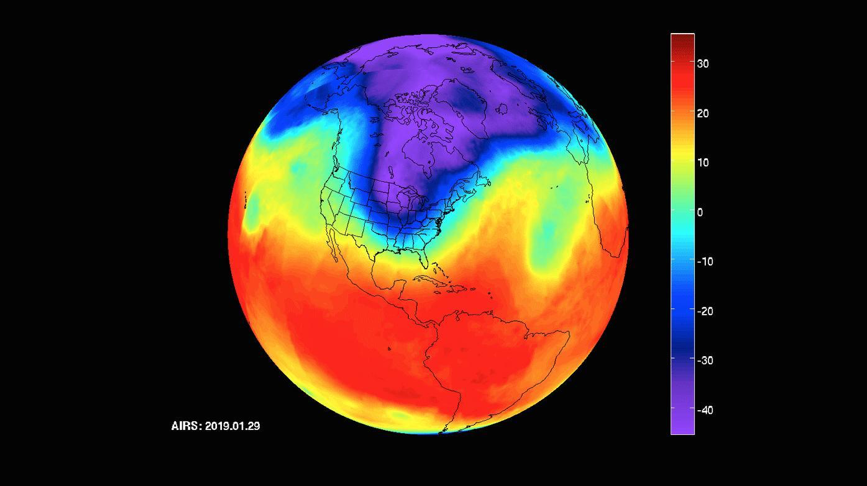It’s 2019.
The world’s view on energy is constantly developing and evolving, and countries are really stepping up in order to pave the way towards a more renewable future. Every day, we move further away from peak use of emission-heavy fuel resources as we develop new technologies that harness the power of the sun, water, and wind more effectively for our energy needs.
We’ve covered topics revolving around renewable energy, including the role of Corefficient’s electrical transformer cores in solar energy, and how developments in transformer cores help renewable energy.But today, we’re going to shift gears on this topic, to discuss some of the issues that renewables still face, and – you guessed it – how transformer core advancements can help alleviate said issues.
Solar energy is transformed into solar power by use of transformers to either convert or convert, store, and transfer electricity. Unlike energy grids powered by wind turbines or other methods of energy generation, solar energy grids (with a step-up from electrical transformers) operate at a steady voltage, which is in turn much more energy efficient for producers. Most of the issues that surround the harnessing of solar energy come from the storage infrastructure – that is to say, the battery equipment has yet to catch up with this amazing technology!
Solar energy works great when the sun is shining, but what happens when the sun’s not shining?
Take, for example, the recent polar vortex event. If America’s power grid was based off a 50 percent wind, 50 percent solar grid, it would have large caps in which the renewable sources were not producing enough to meet the demand. In instances such as these, longer-term battery storage is required.
During the January 27th – February 2nd polar vortex event, a 50 percent wind, 50 percent solar grid would have had gaps of up to 18 hours in which renewable sources were not producing enough electricity to meet the high demand; storage systems would have been needed to fill in.
According to Inside Climate News “…The grid would have to be designed to best use wind and solar when they’re available, and to store the excess when those resources are providing more electricity than needed, a fundamental shift from the way most of the system is managed today.”
“In a modern power grid, all these advanced technologies are driving the need for more flexibility at all levels,” said David Littell, principal at the Regulatory Assistance Project and a former staff member for Maine’s utility regulator. Grid operators have to meet constantly-changing electricity demand with the matching amount of incoming power. While fossil fuel power plants can be ramped up or down as needed, solar and wind are less controllable sources, which is why energy storage is an essential part of planning for a grid that relies on solar and wind.
Much of the current growth in energy storage is in battery systems, helped by plunging battery prices. A large majority of the existing energy storage, however, is pumped hydroelectric, most of which was developed decades ago. Other types of systems include those that store compressed air, flywheels that store rotational energy, and several varieties of thermal storage.”
How do electrical transformer cores fit into the picture? Quite simply put, the less losses that are experienced as the energy passes through the transformer, more energy can be stored when it matters most.
ABOUT COREFFICIENT
Based out of Monterrey, Mexico, Corefficient’s state-of-the-art facility is a transformer core company committed to adding value to their transformer core products. The experience and success of these two companies comes together in the fields of transformer core engineering, transformer core design, magnetic core expertise, cold rolled steel, grain-oriented steel, electrical steel, and – most importantly – customer service.
Visit Corefficient online @ corefficientsrl.com, contact our North America Sales Engineer: 1(704) 236-2510 or call us directly in Monterrey, México: (81) 2088-4000.Your Content Goes Here


